Growing fruit trees is one of the most rewarding parts of gardening — and when you train them into elegant, space-saving shapes like espaliers, they become living works of art. In her inspiring video “Thinning My Espalier Pear (Bartlett) Tree + Fruit Tree Tour!”, Garden Answer takes viewers through a hands-on demonstration of pear thinning techniques, while offering a glimpse of her thriving orchard filled with healthy, productive trees.
This blog post expands on those lessons, guiding you step-by-step through how and why to thin your espalier pear tree, the specific needs of the Bartlett variety, and essential fruit tree care tips to ensure strong growth, abundant harvests, and beautifully shaped trees.
What Is an Espalier Pear Tree?
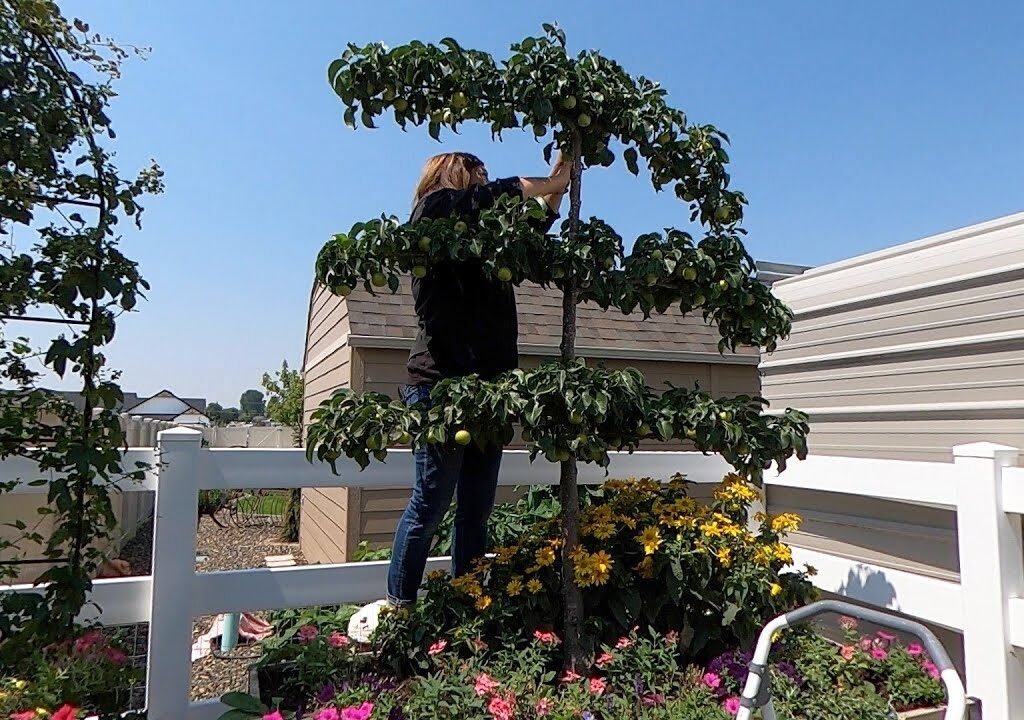
Before diving into thinning, it’s important to understand what makes an espalier tree special.
Espalier is an ancient pruning and training technique that involves growing trees flat against a wall, fence, or trellis, guiding their branches into symmetrical patterns — often horizontal tiers or fan shapes. This method saves space, increases sunlight exposure, and makes fruit easier to harvest.
For smaller gardens, patios, or courtyards, espalier trees are a perfect solution — combining practical fruit production with decorative appeal.
The Bartlett pear (also known as Williams’ Bon Chrétien) is an ideal variety for espalier training because it has:
- Strong, flexible branches that can be easily shaped
- Consistent, heavy fruiting habit
- Delicious, juicy fruit with a classic pear flavor
Why Thinning Is Essential for Espalier Pear Trees
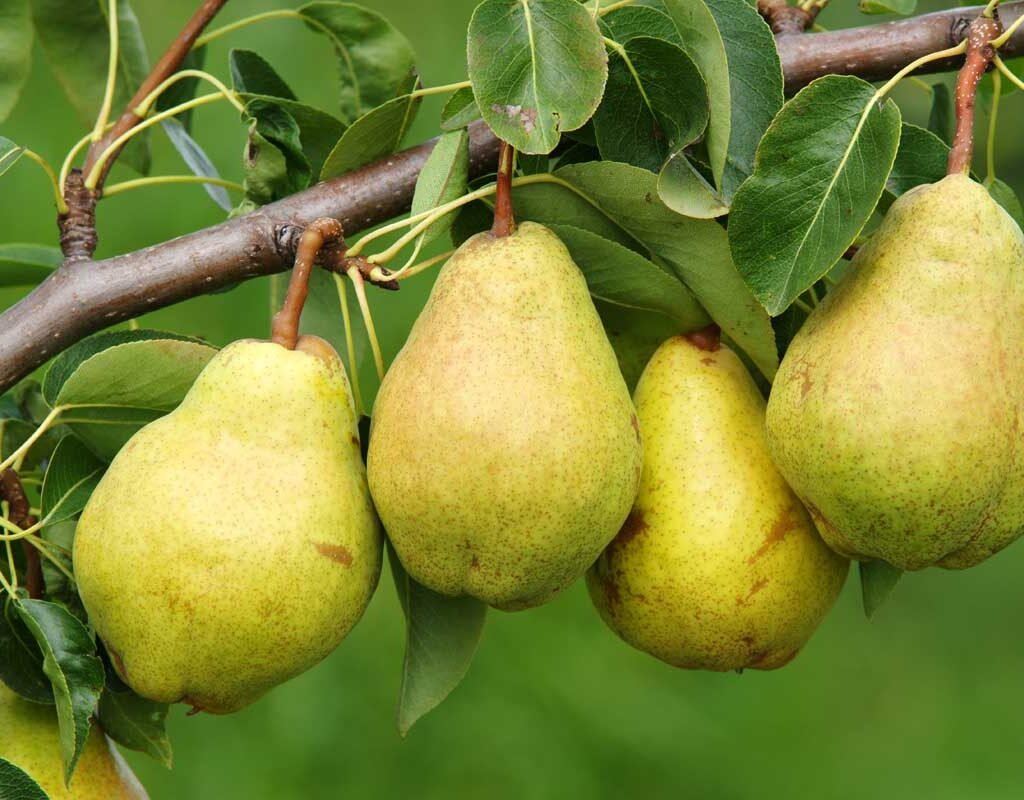
Garden Answer emphasizes one of the most crucial maintenance tasks for fruit trees: thinning the fruit. It might seem counterintuitive to remove fruit when your goal is a big harvest, but thinning plays a vital role in tree health and fruit quality.
Here’s why:
1. Prevents Overloading Branches
Espalier trees are trained to grow in limited directions, and their branches can’t support excessive weight. Without thinning, heavy clusters of pears can bend or break branches, damaging the shape and structure you’ve worked hard to maintain.
2. Improves Fruit Size and Quality
When too many fruits develop close together, they compete for nutrients. Thinning ensures that the remaining fruits receive enough energy to grow larger, juicier, and sweeter.
3. Encourages Consistent Yearly Yields
Many pear and apple trees fall into a cycle of biennial bearing — producing a heavy crop one year and little to none the next. Thinning helps balance the tree’s energy use, encouraging more reliable harvests every season.
4. Reduces Disease and Pest Problems
Crowded fruits create humid microclimates where fungi and pests thrive. By spacing fruits properly, you allow better airflow and sunlight, which keeps your tree healthier and less prone to rot or scab.
How to Thin Your Espalier Bartlett Pear Tree
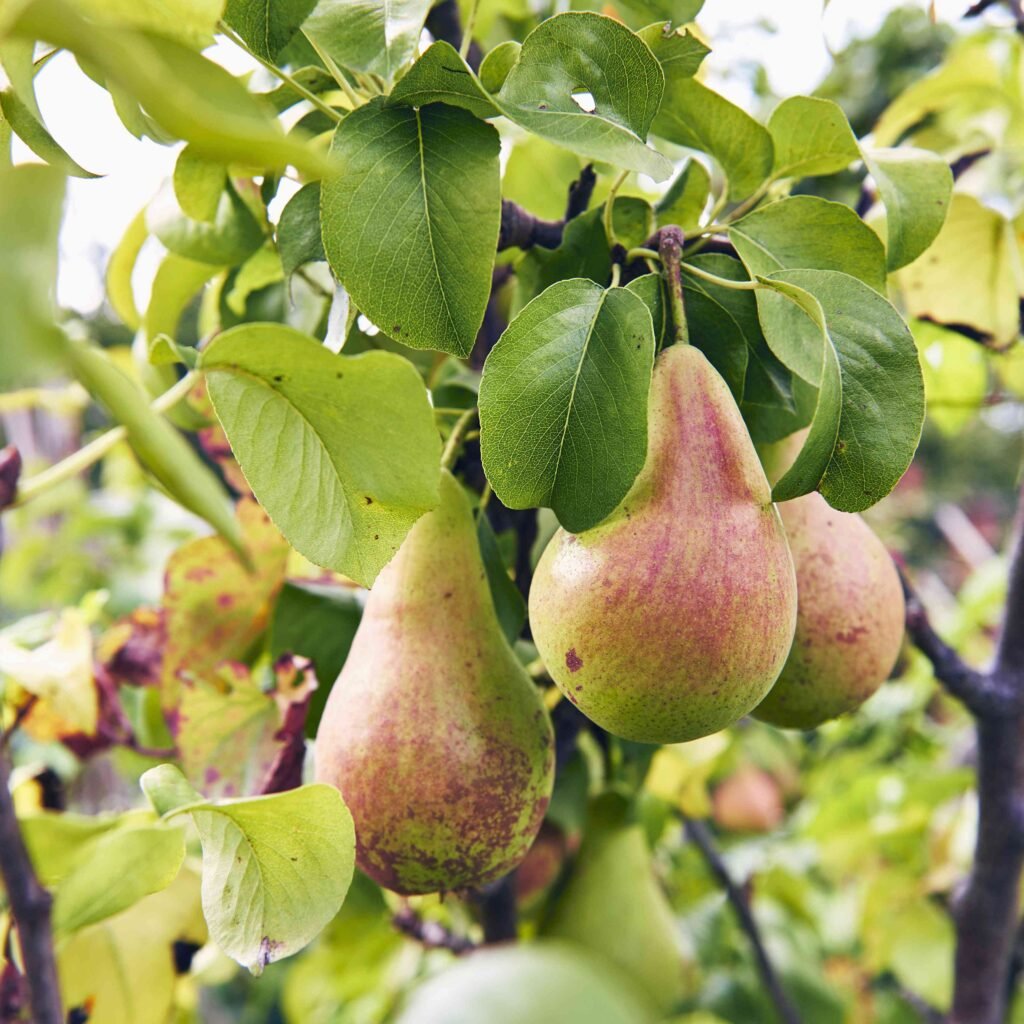
Now that you know why thinning is important, let’s go step-by-step through the process — just like Garden Answer demonstrates.
Step 1: Timing the Thinning
The best time to thin pear trees is when the fruits are about ¾ to 1 inch in diameter — typically 4–6 weeks after bloom. This gives you a clear idea of fruit clusters and allows the tree to naturally shed some fruit through a process called June drop before you step in.
Step 2: Assess Each Cluster
Bartlett pears usually form clusters of 4–6 small fruits at a single spur. Examine each cluster and decide which fruits to remove.
- Choose the largest, healthiest-looking fruit to keep.
- Remove smaller, misshapen, or damaged pears.
- Keep only one fruit per cluster, or in some cases two if the branch can handle it.
Step 3: Create Proper Spacing
Ideally, there should be about 6 inches of space between each remaining fruit. This spacing ensures even growth and prevents them from crowding as they mature.
Step 4: Use the Right Tools
Use clean, sharp pruning shears or small scissors to snip the fruit stems cleanly without tearing bark or damaging nearby buds. Avoid pulling by hand, as that can harm spurs where next year’s fruit will grow.
Step 5: Monitor and Adjust
After thinning, keep an eye on your tree. Sometimes, the tree will naturally drop additional fruit if conditions are stressful (heat, drought, nutrient deficiency). If this happens, don’t panic — it’s your tree balancing itself.
Supporting Healthy Growth After Thinning
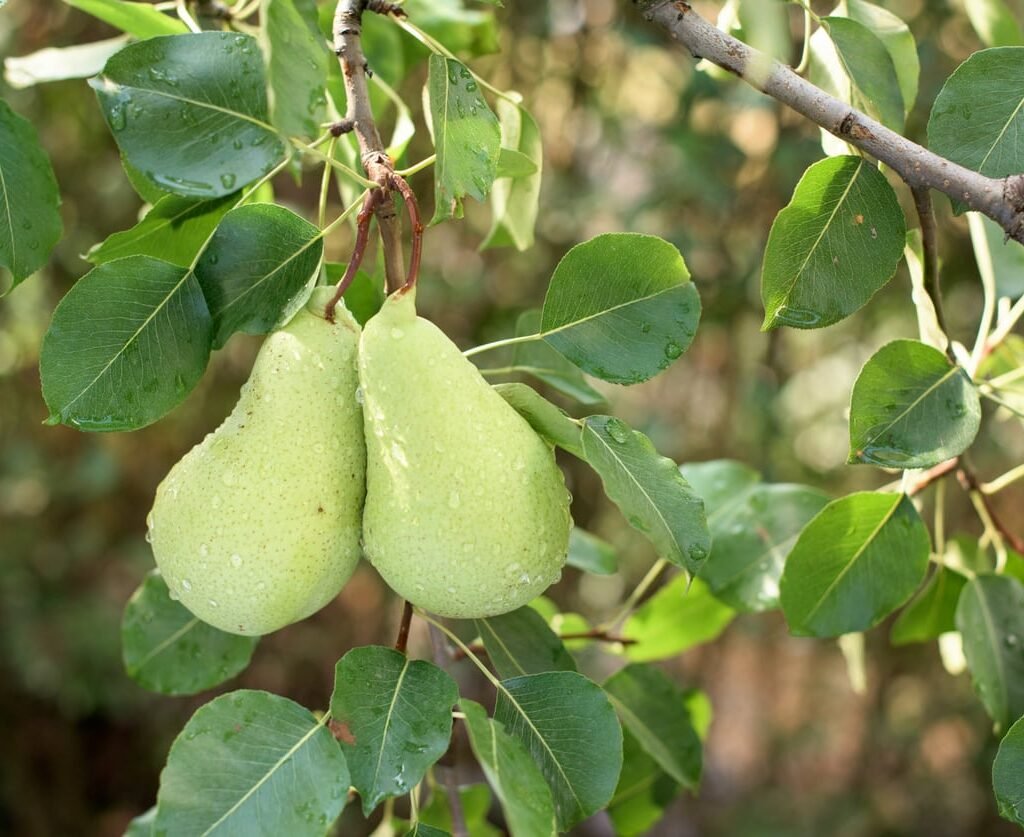
Thinning is just one part of espalier care. To keep your Bartlett pear tree vigorous and productive, follow these key maintenance steps shared in Garden Answer’s orchard tour:
1. Water Deeply and Consistently
Espalier trees have limited root zones because they’re often planted near walls or fences. Water deeply once or twice a week during dry periods to ensure the roots receive enough moisture.
Mulch around the base with compost or shredded bark to conserve water and regulate soil temperature.
2. Fertilize Thoughtfully
Feed your tree in early spring before new growth starts. Use a balanced organic fertilizer (like 10-10-10 or composted manure). Avoid high nitrogen levels, as they encourage leafy growth instead of fruit production.
3. Summer Pruning
Espalier trees require regular pruning to maintain their shape. In summer, prune back new shoots that extend beyond your desired form, leaving three to five leaves per shoot. This directs the tree’s energy toward fruit development rather than excessive branch growth.
4. Check for Pests and Diseases
Bartlett pears are moderately resistant but can still face problems such as pear psylla, codling moths, and fire blight.
- Keep your tools sanitized.
- Remove any infected fruit or leaves promptly.
- Use organic sprays like neem oil or insecticidal soap when necessary.
5. Winter Pruning and Training
During the dormant season, prune to reinforce the tree’s espalier shape. Tie new branches along the trellis wires using soft garden ties or cloth strips, ensuring they’re secure but not constricted.
A Tour of Other Fruit Trees in Garden Answer’s Orchard
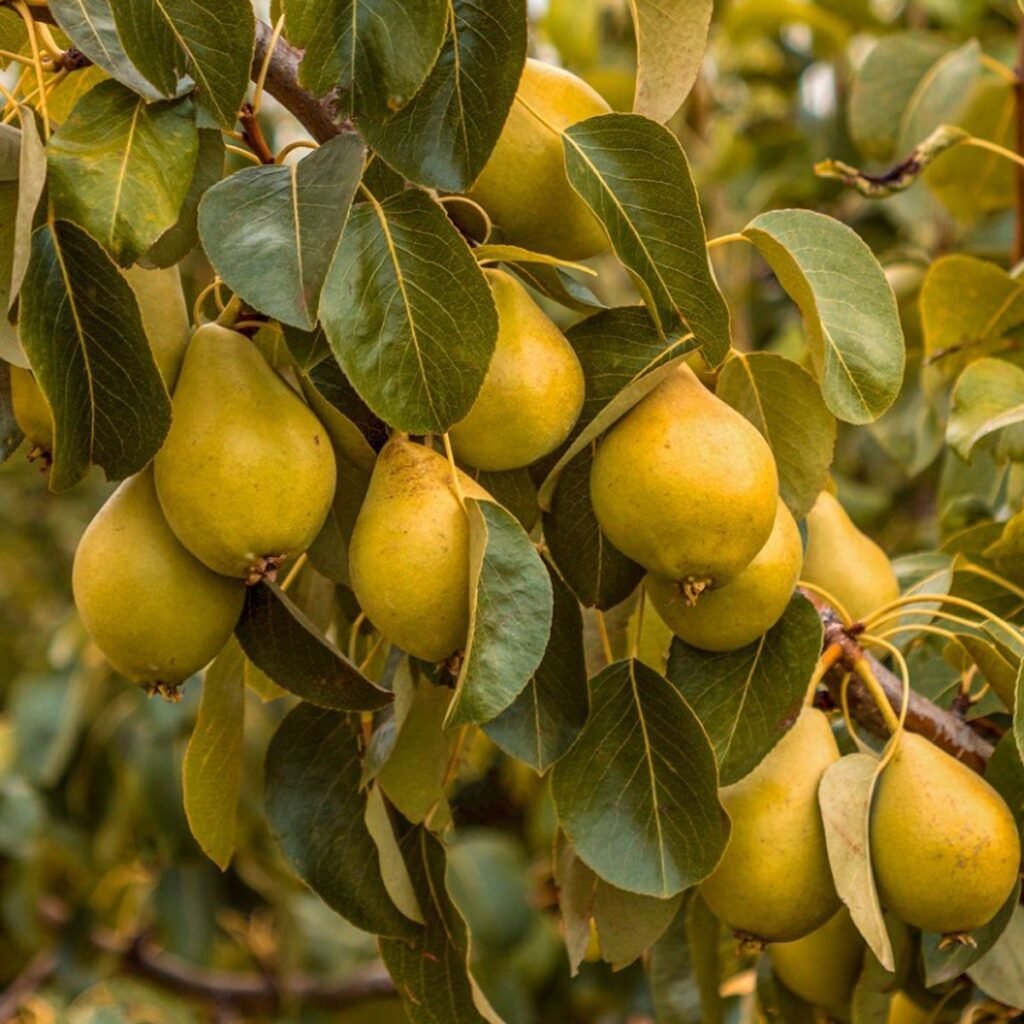
In her video, Garden Answer also gives a peek into her other fruit trees — each thriving in its carefully planned layout. The orchard includes apples, cherries, peaches, and plums — all maintained with the same attention to balance, shape, and health.
Here are a few takeaways from her orchard setup that you can apply at home:
Apples
Like pears, apple trees benefit from thinning and annual pruning. Espaliered apple trees make excellent companions to pears, as both have similar care needs and visual appeal.
Cherries
Cherries prefer well-drained soil and good airflow. They’re prone to cracking in heavy rains, so consider planting under partial shelter or using mulch to reduce soil splash.
Peaches and Plums
These stone fruits love full sun and require thinning even more aggressively — usually leaving one fruit every 6–8 inches to ensure full-size, sweet results.
By maintaining diversity in your orchard, you extend the harvest season and reduce pest pressure by avoiding monoculture.
The Beauty of Espalier Gardening
Garden Answer’s espalier pear isn’t just productive — it’s stunning. The elegant horizontal branches laden with perfectly spaced fruit turn a plain fence into a living sculpture.
The technique offers numerous advantages beyond aesthetics:
- Maximizes fruit production in small spaces
- Improves sunlight exposure for even ripening
- Makes pruning, spraying, and harvesting easier
- Encourages airflow and reduces fungal issues
Even if you’re new to espalier gardening, starting with a young Bartlett pear tree from a local nursery and a simple trellis can transform your garden wall into a fruitful masterpiece.
Harvesting Bartlett Pears
After months of care, your thinning efforts will pay off when harvest time arrives. Bartlett pears typically ripen in late summer to early fall (August to September).
Unlike some fruits, pears should be picked when firm and allowed to ripen off the tree for the best flavor. When the skin color lightens slightly and the fruit lifts easily from the spur, it’s time to harvest.
Store pears in a cool, dry place or refrigerate them to extend their shelf life. Bartletts ripen beautifully on the counter in 5–7 days — their skin turning golden yellow and their flavor becoming buttery-sweet.
Final Thoughts: Balance and Beauty in the Garden
Thinning your espalier pear tree might feel like a delicate task, but as Garden Answer demonstrates, it’s one of the most important steps for maintaining a healthy, balanced, and productive tree.
Every cut and adjustment contributes to the overall beauty and longevity of your tree — allowing it to bear better fruit, resist damage, and fit harmoniously into your garden space.
Whether you’re tending a single espalier Bartlett pear along a sunny fence or curating a backyard orchard like Garden Answer’s, the key takeaway is this: gardening is about balance.
Give your trees space, sunlight, and thoughtful care — and they’ll reward you with years of beauty and abundance.
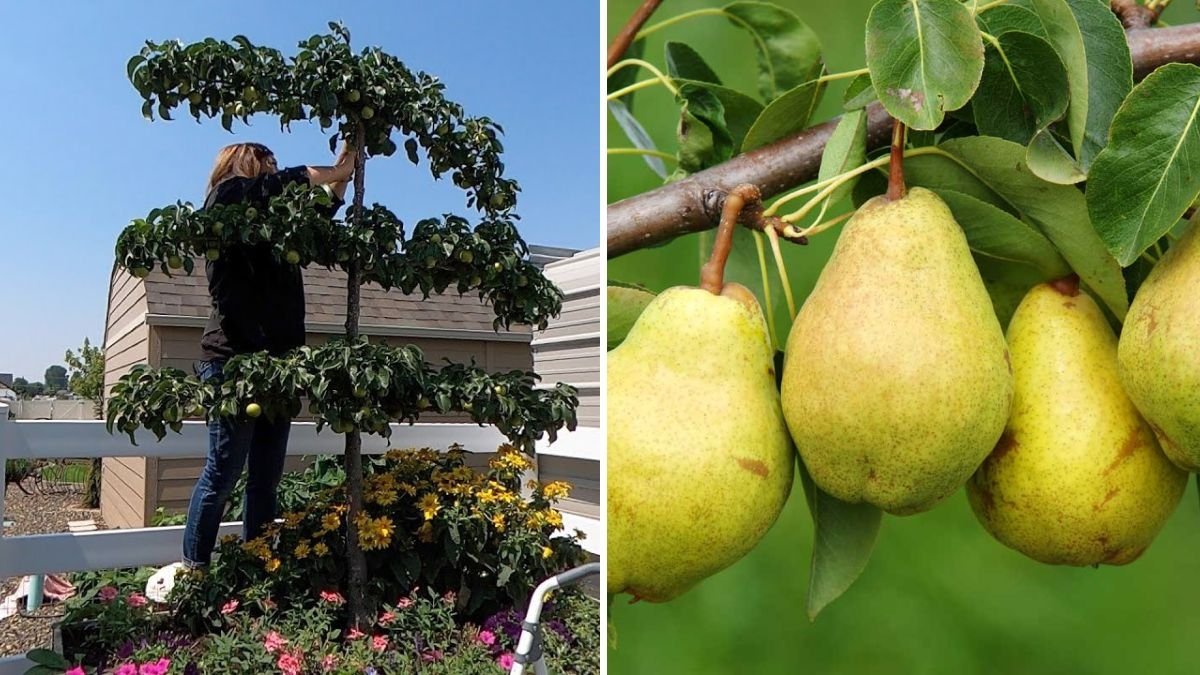
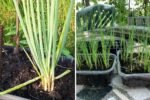

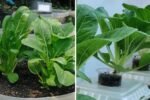
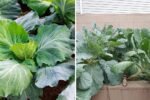
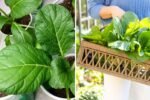
Leave A Comment